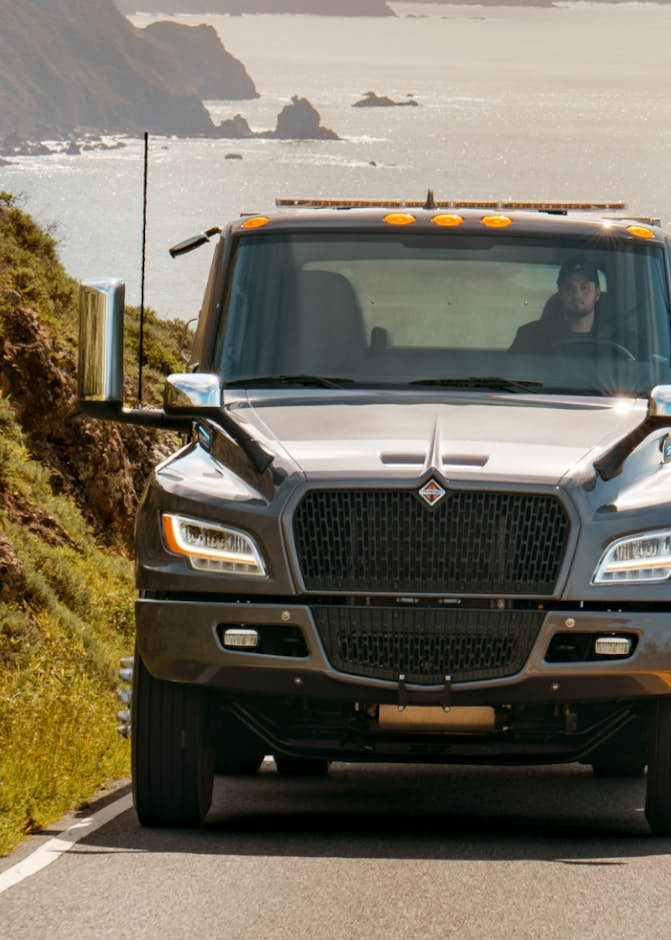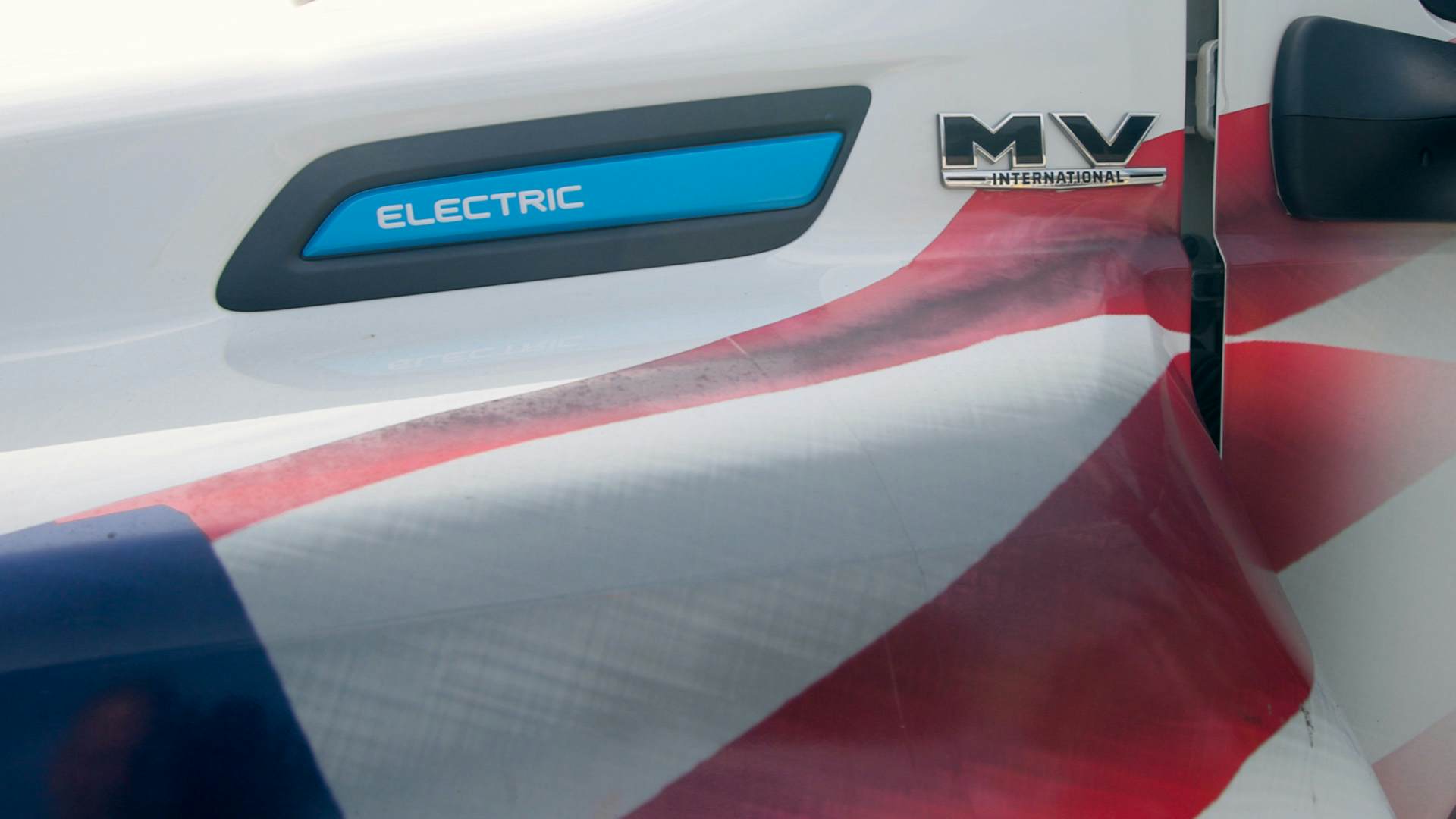EV MISCONCEPTIONS AND FACTS

Electrification is changing the transportation industry, and with that change comes varying opinions, predictions and misunderstandings. The fact is, it’s happening and it’s happening now. That’s why it’s important to consider all the facts when planning your electric vehicle (EV) fleet strategy.
Let’s go over some of the EV misconceptions surrounding electric trucks so we can put those concerns in the past and start building solutions for the future.
Battery technology is getting lighter, faster and more cost effective while OEM collaboration and strategic alliances create industry standards that make significant scaling possible. Plus, manufacturers like International help make sure the vehicles ordered are appropriately spec’d and suitable charging infrastructure is installed, which can help prevent costly rebuilds and upgrades down the road.
In terms of competing technologies, there are few, if any, viable alternatives that show as much capability and flexibility as battery-electric propulsion. The most talked about alternative is hydrogen. Its potential for long haul transportation is exciting, but the current high per-vehicle cost, lack of refueling infrastructure and mechanical complexity mean that hydrogen is a future option rather than a current option.
To learn more about adding EVs to your fleet our team can walk you through all your options, answer all your questions and put you on a road map to success.
The grid is evolving and modernizing, thanks to the influx of renewable energy sources and smart grid management. Commercial vehicle-only charging stations and charging corridors are currently in the works so finding and fitting into a space with your vehicle will be less of a challenge and more convenient route schedules will become more feasible
Installing your own charging depot is the most convenient option currently for fleets of all sizes. With the right charger(s) and proper training, you can easily have a fully charged truck ready to go at the start of each day. In terms of the charging hardware, many options exist. For those who may need to top off their vehicles throughout the day, DC fast chargers can add 80% in 30 to 60 minutes depending on the size of the battery. The International® eMV™ Series truck, for example, includes a 210 kWh battery powertrain option and 189 kWh of usable capacity that can be charged from 20% to 80% within 60 minutes — or approximately an additional 70 miles of electric vehicle range per hour.
Today a typical electric commercial truck route covers 25 to 160 miles. Extreme cold temperatures can impact battery performance, but there are effective strategies — such as preheating the interior and battery while the vehicle is still plugged in — that can significantly improve cold weather range. Route planners can also build charging time into schedules and make sure the truck will be within range of available fast chargers if needed. Drivers should also be trained on how to take advantage of regenerative braking and avoid aggressive acceleration – both practices can greatly improve the performance of electric vehicles in cold and hot weather. Our team can provide you with all safety and technical training needed for your EVs as well as charger(s).
When the truck is permanently taken out of service, the battery can be reused or recycled. Stationary energy storage is a great use for old battery packs, since size and weight are no longer a factor when used in this way. Two old batteries could be linked together and provide the same (or more) capacity of one new battery. In addition, valuable materials such as lithium can be extracted to produce new batteries, making recycling another critical approach to reusing EV batteries.
THE BOTTOM LINE
It’s clear electric isn’t going away. That’s why International is committed to doing whatever it takes to make sure the transition is as smooth as possible for you. Connect with our team to get started.





